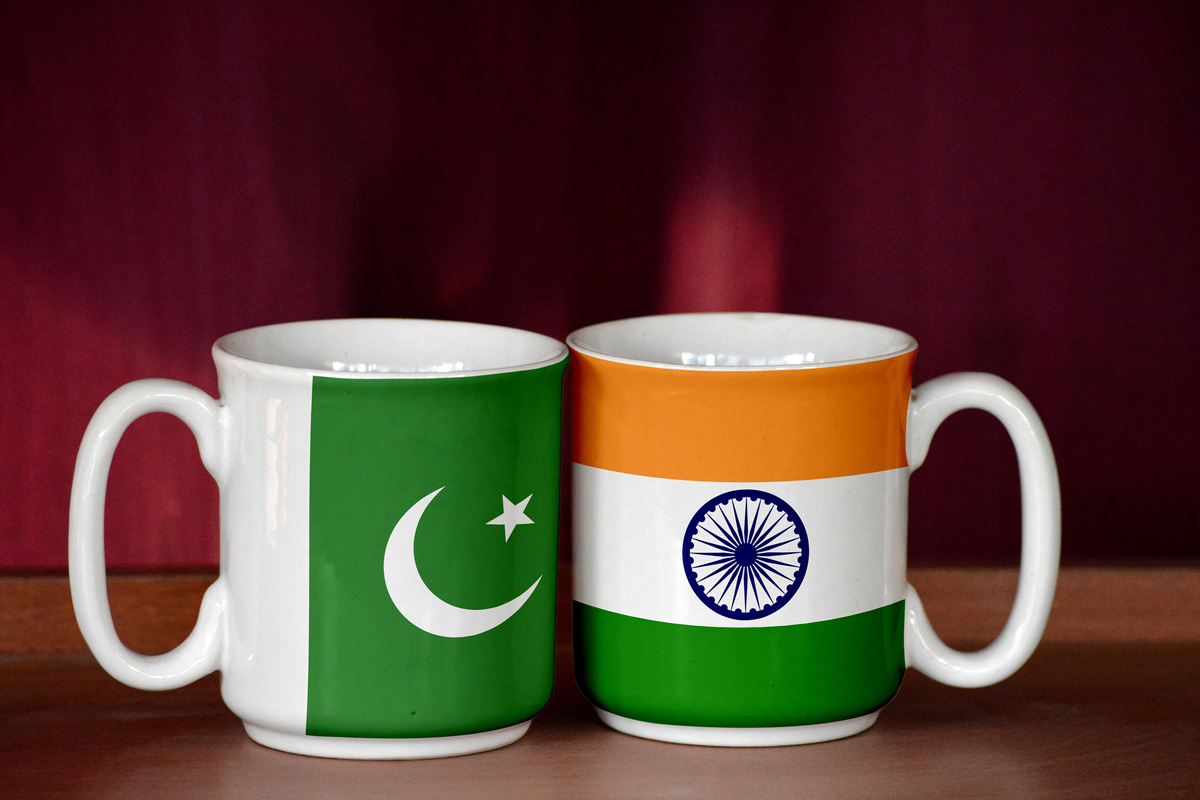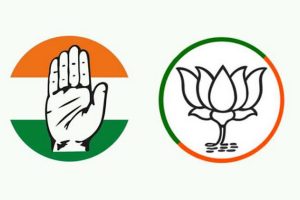On 25 February, India and Pakistan issued a joint statement stressing the need to promote peace by abiding by the ceasefire agreements along their Line of Control and international borders. Although it might not be long before we witness a new ceasefire violation, it is important to assess what led to this unusual development; especially considering how India-Pakistan relations had reached rock bottom following the Pulwama attacks and abrogation of Article 370.
Two key factors can substantiate this recent development: Pakistan’s increasing isolation and India’s strategic calculations. Pakistan has been facing international isolation for the past few years now. First and foremost, Pakistan is losing its prominence in the Middle East. Historically, Pakistan has propagated close ties with the UAE and Saudi Arabia; and has also used them for its Kashmir cause.
But a new freeze was introduced in Saudi-Pakistan ties when Pakistan decided to stay neutral in Saudi’s Yemen endeavours. This coincided with India’s improving relationship with Saudi Arabia and UAE, as India’s economic and demographic leverage in the region increased and India moved closer to the USA. This persuaded Saudi Arabia and UAE to opt for a neutral stance on Kashmir, much to Pakistan’s annoyance.
Thus, when Pakistan pushed Kashmir as a distinct agenda for the November 2020 OIC (Organisation of Islamic Countries) summit, both UAE and Saudi rejected it. This caused a further crack in the relationship as the Pakistan’s Foreign Minister criticised Saudi Arabia for not doing enough and the Saudis retaliated by recalling their $3 billion loan. Besides, Pakistan is also losing its relevance in the region, as it refuses to recognize Israel – the new epicentre of Middle East politics – despite pressure from the Saudis and UAE.
In the West, Pakistan continues to be pressurised for harbouring and sponsoring terrorists. Consequently, even on 25 February, the Financial Action Task Force (FATF) retained Pakistan on the grey list, indicating that Islamabad will face severe economic consequences and sanctions if it fails to curb terror funding. Also, the US has developed closer ties with India. This is due to India’s geopolitical and economic positioning against China, and Pakistan’s failure to limit terror sponsorship.
This trend further accelerated in the early years of Donald Trump’s tenure, resulting in Pakistan’s increased isolation from the US and growing reliance on China. Further in South Asia, Pakistan continues to be alienated. Pakistan’s friends – Sri Lanka, Nepal, and Maldives, have grown more cautious of India’s concerns vis-a-vis Pakistan. Consequently, Sri Lanka had to cancel Imran Khan’s parliamentary address scheduled for his recent visit, and Maldives had to defend India’s Kashmir policy at the OIC Summit while asking Pakistan to reconsider its campaign of defaming India.
Pakistan is also looked at unfavourably by Bhutan, Bangladesh, and Afghanistan. Bhutan has shaped its foreign policy by calculating India’s interests and security concerns. Thus, Bhutan has largely deterred developing a closer relationship with Pakistan. On the other hand, Bangladeshi PM Sheikh Hasina and her Awami League party has prioritised closer ties with India.
This has become easier as the pro-Islamic and pro-Pakistan Bangladesh National Party continues to be in shackles, with their chairperson Khaleda Zia behind bars. Finally, as Afghanistan continues to be ravaged in the conflict, its government continues to blame Pakistan for promoting terrorism and the Taliban.
With these diplomatic setbacks, Pakistan has been seeking allies in the camp of revisionist powers – Turkey, Iran, Russia, and China. Yet these relations cannot guide Pakistan out of isolation. Turkey and Iran have continued to assert themselves as leaders of the Islamic world and have consistently questioned the role of Saudi Arabia in this process.
Thus, embracing a close relationship with them will further upset the Saudis and UAE. Further, unsettled issues of Shia persecution, border crossings, and terrorism will continue to hinder Iran-Pakistan relations. Similarly, Pakistan’s location can easily facilitate Russia to enhance its trade and influence in Central Asia; and link its Eurasian Economic Union projects to those of China’s Belt Road Initiative (BRI).
But, despite this evolving strategic and economic partnership, Russia is hesitant to completely embrace Pakistan as it would upset India Finally, despite Pakistan and China continuing to maintain their socalled “all-weather friendship”, there might be some genuine concerns for Pakistan. Pakistan’s choice of friendship with China has now evolved into compulsion.
The more Pakistan is isolated internationally, the more it is depending on China. Pakistan is well aware of Chinese debt-trap diplomacy and is also realising how dependence on China is influencing its security policies. Considering the cruciality of its investments in the China-Pakistan Economic Corridor, China has already persuaded Pakistan to integrate GilgitBaltistan as its fifth province and is now pressurising Pakistan to solve its Baluchistan issue by hook or crook.
Pakistan is thus realizing that it can neither completely depend on China and nor can it get rid of its isolation by doing so. Hence, it is attempting to accelerate its diplomatic and strategic leverage. Consequently, by the second half of the Trump administration, Pakistan played an active role in brokering US-Taliban peace talks. This had two implications: one, it created lasting leverage for Pakistan with the USA, as inner turmoil and civilian targeting continue to prevail in Afghanistan while the West is desperate to retreat from there.
Secondly, by orchestrating the Taliban, Pakistan intends to have a non-hostile government in Afghanistan and reduce its isolation. Pakistan is thus accelerating its diplomatic and strategic leverages to enhance its diversification and be less isolated. This has led to its drastic change of tone and recent developments with India. It is this strategic calculation that has initiated a shift in New Delhi’s tone as well.
First, unlike during Trump’s tenure, the US will now find it hard to completely discard or isolate Pakistan, as the former continues to play a major role in Afghanistan. Second, President Joe Biden is keeping a keen eye on diplomacy and the peaceful resolution of conflicts. Thus, New Delhi has to be more cautious with its coercive tactics against Pakistan. In this context, it is important to restrict relations from further depletion, as it would be difficult for India to execute another Uri or Balakot.
Therefore, India is intending to normalize its border situation that has been worsening since 2018. Likewise, China’s growing influence in the region and recent intrusions have reminded New Delhi of its long-lasting rivalry against China and the short-term distractions caused by Pakistan. Thus, it is important to attempt normalising India-Pakistan ties. Finally, neither the USA nor India would want to see an isolated Pakistan moving closer to China.
An indebted Pakistan would be more vulnerable to China’s strategic and financial exploitation. This would provide China with access and proximity to the strategic locations of Central Asia, South Asia, and most importantly the Indian Ocean; efficiently defeating the cause of Indo-Pacific strategy amongst the QUAD and other democratic states. It is, therefore, India’s strategic calculation and Pakistan’s increasing isolation in the world that have contributed to the recent developments.
(The writer is an MSc International Relations graduate from the London School of Economics and Political Science, and comments on foreign policy issues)












